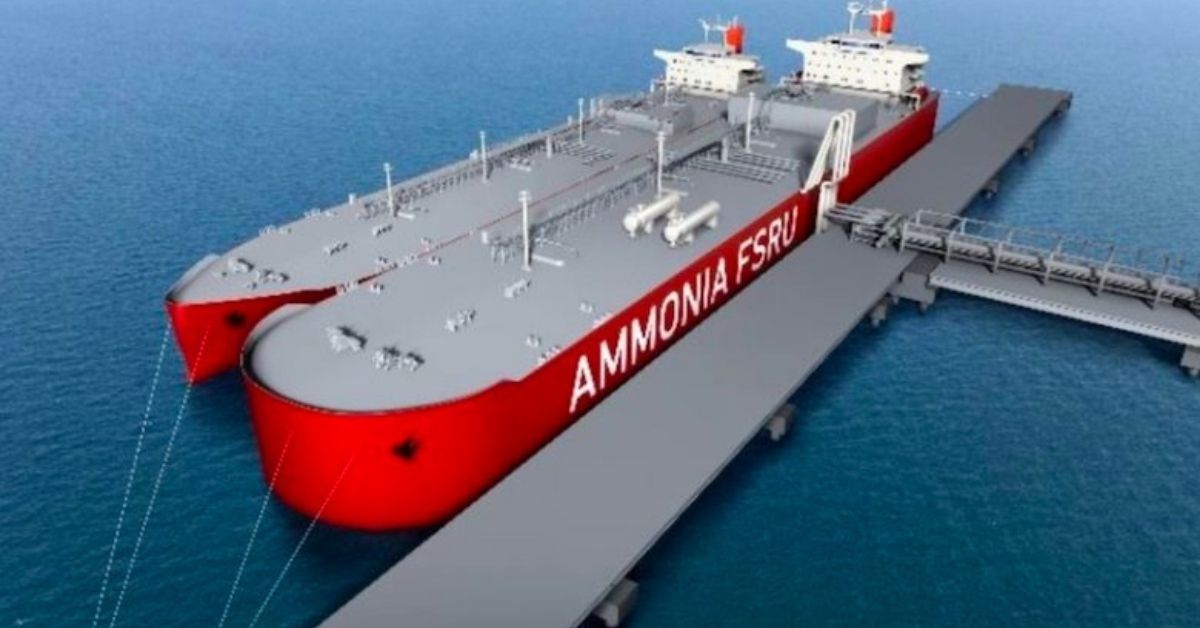Because of the marine industry’s interest in ammonia, Nanyang Technological University’s Maritime Energy and Sustainable Development (MESD) Centre of Excellence has been researching the possibilities of ammonia as a greener energy source since 2018. MESD recently completed an ammonia bunkering study with research partners ABS (American Bureau of Shipping) and ASTI (Ammonia Safety & Training Institute), which addressed a variety of issues in the Singapore. Singapore Maritime Institute was the project’s sponsor (SMI).
Under normal conditions, anhydrous ammonia is a gas. It must be compressed, refrigerated, or both to achieve a higher volumetric density. The ammonia bunkering process will be built on the assumption that it will be handled as a saturated liquid. When heat or pressure is applied or removed, ammonia changes phase from liquid to gas and vice versa. During the bunkering process, this will necessitate more operational procedures and energy.
The project team has studied all possible bunkering configurations and categorized them into truck-to-ship, ship-to-ship, shore pipeline-to-ship, as well as cassette bunkering. A significant value-add from the project is an ammonia bunkering concept that addresses the transfer of ammonia liquid stored at FR (full refrigerated), SR (semi-refrigerated) and NR (non-refrigerated) conditions. It is also highlighted that the lack of ammonia bunkering standards covering the aspects of bunker quality and quantity is one of the major gaps to fill for maritime stakeholders.
Besides public perception, the main barriers to adopting ammonia in the maritime industry include concerns about its toxicity, lack of crew’s familiarity and expertise in handling. However, extensive knowledge can be drawn from the fertilizer, refrigerant and chemical industries, where ammonia has been managed and transported worldwide for decades with well-established processes and regulations in place.
The ammonia bunkering process is somewhat similar to ammonia handling as a commodity cargo, but the key differences include the quantity of ammonia transferred, tank types and capacity, operating mode and frequency. This leads to a unique set of safety issues that need to be addressed. At various acute exposure guideline levels, ammonia can cause harmful effects to humans ranging from transient (30 ppmv), irreversible (160 ppmv), to life-threatening or death (1100 ppmv). MESD has completed a comprehensive study of ammonia release and dispersion. This opens the way for MESD to further improve the ammonia bunkering process and develop mitigation measures to ensure that any damage caused by accidental ammonia release can be kept to a minimum. The more profound effect of ammonia released in water, soil and air will be addressed in the future study, which is essential to prepare the public and the authorities ahead of the upcoming ammonia era.








